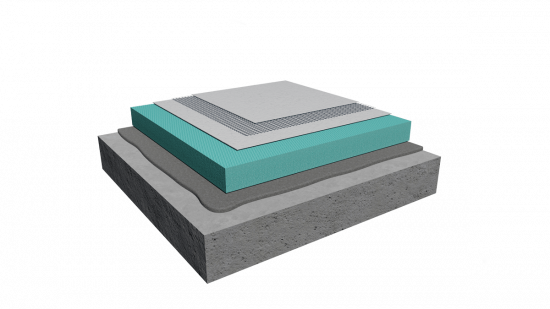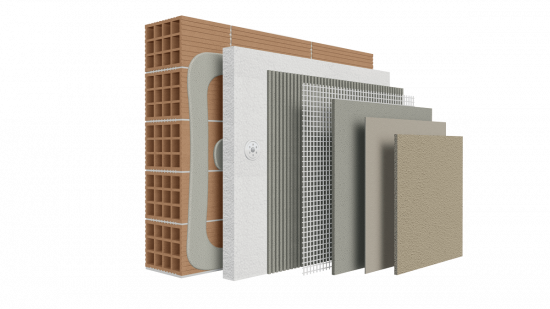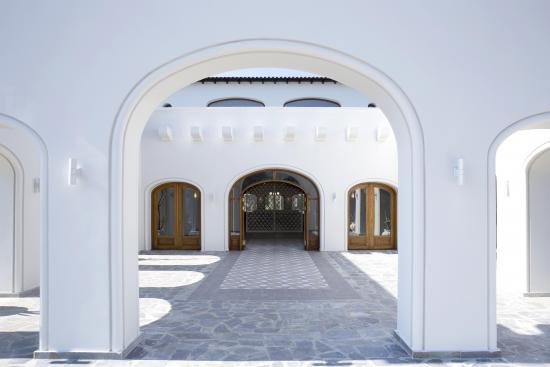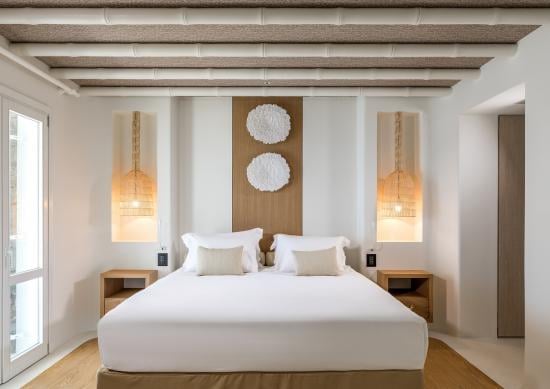Which is the best external thermal insulation system by climate type?

Lately, the cost of energy represents a significant expense of any household, while climate change has brought about unprecedented, extreme weather effects. Thus, more than ever before buildings demand the adoption of the necessary protection and upgrade measures.
Building external thermal insulation systems constitute the optimal solution for a property, offering excellent energy upgrade that covers the whole exterior of the structure (facades, pillars, beams and similar), at the same time providing an aesthetic improvement of the building’s exterior surfaces.
Core advantages of a certified External Thermal Insulation System
- Creation of a continuous “energy shell” that protects the structure
- Structural components protection against climate influences, mechanical stress or cracking.
- Minimizing the occurrences of thermal bridges
- Utilization of the structural elements’ thermal capacity (capability for energy storage)
- Minimizing the risk of developing moisture due to condensation (mildew)
- Increase of the usable interior space by up to 6% (compared to other construction methods), thanks to the ability to use single shell masonry
- Assuring construction quality due to the existence of Certified External Thermal Insulation Systems, according to the applicable European Directives (EAD 040083-00-0404)
- Several render texture and style options that satisfy any architectural requirement
- Cost-effective alternative, since it does not necessitate additional rendering and paint coating of exterior surfaces that will receive the Exterior Thermal
- Insulation Systems.
- Fully compliant to ΚΕΝΑΚ requirements, at the lowest possible thickness of thermal insulation material
- Ideal solution for existing and older buildings
- Discontinuation of interior building space use is not necessary, as the system is applied on the outer surfaces (limited disturbance of tenants)
The influence of area on materials choice
One obvious question is the one relating to the specific, suitable materials and combinations of exterior thermal insulation, according to building situation and climate zone.
There is no definite answer to the above question, as there are multiple factors that affect the selection of materials of the available exterior thermal insulation combinations, as well as the optimal season for exterior thermal insulation. These factors can be:
- Geographical area (e.g. mountainous, shore, urban)
- Climate conditions
- Use and geometrical features of the building
- Type and characteristics of the structural components and the construction of the building
- Technical requirements imposed according to National or European Regulations (e.g. thermal insulation according to ΚΕΝΑΚ, building fire protection according to P.D. 41/2018)
- The seismicity of the area
- The proprietor’s requirements in terms of aesthetics (e.g. finishes, shades)
- The expertise of the crew that will conduct the application etc.
The data that will result from the above will largely determine the appropriate products to be selected as outer thermal insulation.
Differences in exterior thermal insulation, complete with examples
Example: a building surrounded by dense vegetation and a forest landscape, requires particular attention regarding building behavior and fire protection; thus, mineral wool would be the preferred thermal insulation material.
In another example, a building created as a composite structure and / or where drywall elements are used, might require the use of a sufficiently flexible exterior thermal insulation system, using organic material as the base layer, as well as a flexible organic finishing render. This prevents cracking due to minute movements of the substrate, as such movements may occur in such structures.
Another example is buildings very close to the shoreline. In such cases, it would be necessary to provide a finishing render resistant to essentially permanent moisture loads. In such a case, it would be highly advantageous to opt for breathable, water-repellent, silicone-based organic finishing renders.
All buildings present their own individual features that result in numerous individual cases; depending on the individual requirements, suitable exterior thermal insulation systems should be selected to meet all the above requirements.
Selecting your own exterior thermal insulation system
BIOCLIMA® ClimaWall® Certified External Thermal Insulation Systems comply with all the applicable National and European Regulations (ΕΟΤΑ, CPR 305/2011 etc.) and are classified for Reaction to Fire (EN 13501-1), thus assuring their thermal insulation & market performance, and enhancing the building’s fire protection.
Furthermore, this is the first Hellenic external thermal insulation system for facades that possesses EPD (Environmental Product Declaration), contributing to the improvement of the “green” assessment of buildings according to LEED, BREEAM, DGNB, WELL etc.
Lastly, the ClimaTop® comprehensive range of finishing renders offers virtually limitless combinations of chemical composition, surface finish, granularity and shade; all these offer resistance to UV radiation and to weather conditions.
The numerous combinations of BIOCLIMA® Certified External Thermal Insulation Systems offer solutions for all building layouts in any geographical area, addressing any architectural, aesthetic and environmental requirement. Moreover, they are supported by the “Eksoikonomo” energy upgrade program.









